By Al Hemingway
History has not been kind to the Roman Catholic Church during World War II, especially Pope Pius XII, who was the spiritual leader of the church during that period. Many have accused him of ignoring the plight of the European Jews who were being deported to Nazi death camps and turning his back to their fate. Some have even gone so far as to refer to him as “Hitler’s Pope.” But did Pius and the church sit idly by as millions of Jews were put to death, including those in Rome’s Jewish Ghetto?
 In his newest book, The Pope’s Jews: The Vatican’s Secret Plan to Save Jews from the Nazis (St. Martin’s Press, New York, 320 pp., 2012, photographs, notes, index, $26.99, hardcover), author Gordon Thomas has written a taut and thrilling account of a secret plan devised by Pius complete with a network of clergy and private citizens who risked death to save thousands of Jews from the Nazis.
In his newest book, The Pope’s Jews: The Vatican’s Secret Plan to Save Jews from the Nazis (St. Martin’s Press, New York, 320 pp., 2012, photographs, notes, index, $26.99, hardcover), author Gordon Thomas has written a taut and thrilling account of a secret plan devised by Pius complete with a network of clergy and private citizens who risked death to save thousands of Jews from the Nazis.
Thomas has done extensive research and has uncovered a fascinating story of priests, nuns, and a former British prisoner of war who performed James Bond-type duties to provide Jewish families with passports and visas and whisk them across the border into neutral Switzerland. From there, many went to the United States and South America to escape Hitler’s diabolical scheme to rid the world of the Jewish people. Pius ordered that his cardinals in Germany were to “channel money to those Jews in need and issue baptismal certificates for their protection.” A secret code was used to communicate with this underground system of spies, informers, and agents. The pope even authorized some of the church’s money, and his own, to finance some of these operations.
Within the Vatican, however, were a few individuals who actually sided with the Nazis and harbored strong anti-Semitic feelings. One such person, Bishop Alois Hudal, was dubbed “Our Scarlet Pimpernel” by his Nazi friends. He provided papers to many, including such infamous officers such as Adolf Eichmann, Franz Stangel, and Gustav Wagner, to make good their escape to South America at war’s end. He remained in Rome until his death in 1962, severely criticizing the pope as well as the Catholic Church.
The Nazis also employed several of Rome’s notorious gangs to help them ferret out the Jewish population for deportation to the death camps. A bounty was given to gang members for each Jew they identified. The most notorious was a female, Celeste di Porto, the mistress of one of the group’s leaders. She sent dozens of Jews to their deaths. Even her father went to the police station after the Allies liberated Rome and told the police to arrest him to “atone for his daughter’s crimes and save the family’s honor.” She served seven years of a 12-year sentence and died in 1981.
Because of his pro-Jewish stance, Pope Pius himself was in danger. Disgusted with his policy of helping the Jews, Hitler developed a plan to have him kidnapped and held for ransom. Realizing this would be foolhardy, several German officers in Rome secretly devised ways to see that it failed.
If Pope Pius XII worked behind the scenes to rescue the Jews, why not tell the world after the war? One reason was the issue of neutrality. The Vatican was a city unto itself, and its official position was to remain apolitical and neutral throughout the conflict. Pius had to walk a dangerous political tightrope. The church had to be extremely careful. But as Princess Enza Cortes said, “But his Holiness cannot say much, if anything at all. Yet his silence must not be misunderstood. I know he will do everything to help the Jews.”
Cortes was correct. The Pope’s clandestine organization worked feverishly to aid not only the Jews, but also Allied POWs as well to escape the confines of Italian camps. The Vatican itself was a sanctuary to some individuals of Rome’s Jewish community and Allied diplomats. Within its hallowed walls, Pope Pius XII oversaw a vast array of talented people who exposed themselves to danger, imprisonment, torture, and death.
The author vehemently argues that Pius was not “Hitler’s Pope” but rather a man who was determined to defeat Hitler—not with traditional weapons—but with words.
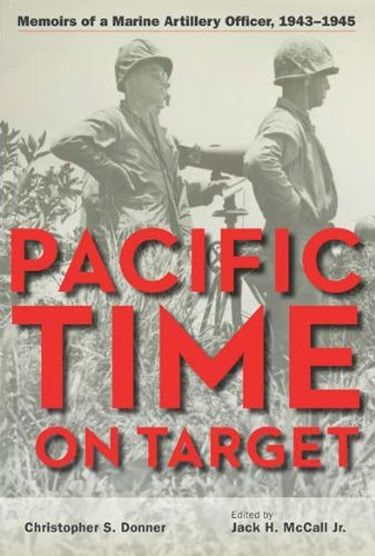 Pacific Time on Target: Memoirs of a Marine Artillery Officer, 1943-1945 by Christopher S. Donner and edited by Jack H. McCall, Jr., Kent State University Press, Kent, Ohio, 2012, 145 pp., maps, photographs, notes, index, $29.95, hardcover.
Pacific Time on Target: Memoirs of a Marine Artillery Officer, 1943-1945 by Christopher S. Donner and edited by Jack H. McCall, Jr., Kent State University Press, Kent, Ohio, 2012, 145 pp., maps, photographs, notes, index, $29.95, hardcover.
Christopher Donner did not have to go to war. Married, with an infant son born less than two weeks after the Japanese attack on Pearl Harbor, the Pennsylvania native was teaching at a prestigious private school and could have easily obtained a deferment. Instead, like many of his generation, Donner opted instead to march off to the sound of the guns. Successfully completing Officer Candidate School at Quantico, Virginia, newly minted U.S. Marine 2nd Lt. Donner was assigned to the 9th Defense Battalion in the Pacific Theater.
After duty in the Solomon Islands and on Guam, Donner was transferred to H Battery, 3rd Battalion, 11th Marines, landing with them on D-Day, April 1, 1945, Easter Sunday, to commence the three-month struggle for the Japanese bastion on Okinawa.
Okinawa, as it turned out, was one of the costliest battles of World War II. It was during this battle that Donner had the dubious assignment of forward observer, one of the most dangerous jobs in an infantry unit. He narrowly escaped death when a Nambu machine gun opened up on his position and several mortars landed nearby, wounding Donner and several others.
Donner wrote his memoirs in 1946, shortly after his return from overseas. His account is crisp, clear, and well written. For personal reasons, as editor Jack McCall points out, he refused to publish it and only wrote it for personal use. McCall believes that his reluctance to do so may have been because of his criticisms of fellow Marines and the deaths of those around him that may upset their families. Donner passed away at the age of 99 in 2011, never seeing his manuscript in print.
Through the efforts of McCall, whose father also served in the 9th Defense Battalion in World War II, the book is now a reality. It is a rare story of a forward observer in combat. Because of their high casualty rate, they were considered “cannon fodder.” Not many survived or wrote about their experiences. This book is a treasure trove for historians and military history buffs eager to grasp what war is really about.
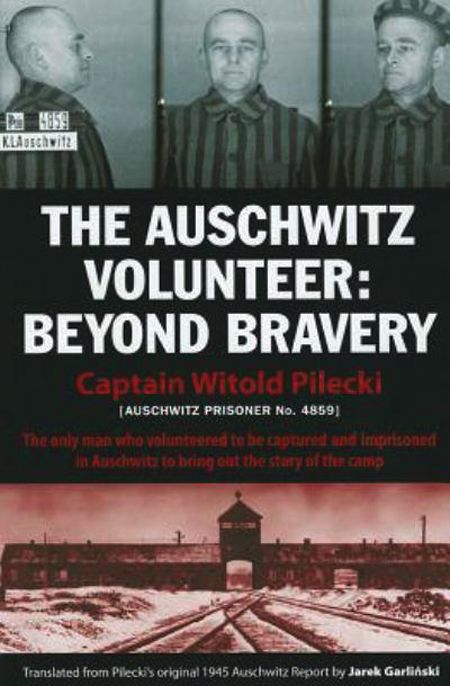 The Auschwitz Volunteer: Beyond Bravery: The Only Man Who Volunteered to Be Captured and Imprisoned in Auschwitz to Bring Out the Story of the Camp translated by Jarek Garlinski, Aquila Polonica, Ltd., Los Angeles, CA, 2012, 460 pp., photographs, index, $42.95, hardcover.
The Auschwitz Volunteer: Beyond Bravery: The Only Man Who Volunteered to Be Captured and Imprisoned in Auschwitz to Bring Out the Story of the Camp translated by Jarek Garlinski, Aquila Polonica, Ltd., Los Angeles, CA, 2012, 460 pp., photographs, index, $42.95, hardcover.
Here is a truly incredible story of one man who volunteered to be captured and incarcerated in the infamous Auschwitz concentration camp. During a harrowing period of three years, Witold Pilecki, a 39-year-old former Polish Cavalry officer, allowed himself to be snared in a German “roundup” and transported to the camp to obtain information for the Polish anti-Nazi underground. Although the Nazis had overrun the country in September 1939 and occupied the western half while the Soviet Union seized the eastern portion, the Poles continued to resist. Pilecki realized that his countrymen had to defeat both invaders or Poland would cease to exist as a free, independent nation.
Jailed from 1940, Pilecki was able to secretly get reports out of the prison to his comrades in the resistance. He and a few others engineered a daring escape in 1943 and made their way to safety. He wrote another report telling not only of the inhumane treatment of prisoners at Auschwitz, but the camp’s newer and more sinister purpose–the extermination of the Jewish population by means of newly constructed gas chambers.
Although a staunch Roman Catholic, Pilecki felt enormous compassion for the plight of the Jewish people and fought heroically in the Warsaw Uprising. After the war ended, he returned to Poland to spy on the Russians but was captured and executed in 1948. Pilecki’s vivid descriptions of the horrors of Auschwitz are clearly written in spite of the fact that he could have been a victim at any time. His report is fascinating and terrifying, but it is a story that must be told. Pelicki was indeed a true hero—a patriot—and gave his life for his beloved Poland.
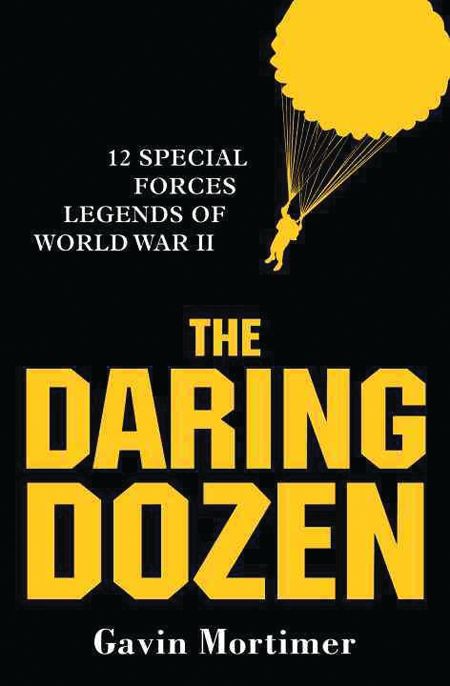 The Daring Dozen: 12 Special Forces Legends of World War II by Gavin Mortimer, Osprey Publishing, Long Island City, NY, 2012, 303 pp., photographs, notes, index, $24.95, hardcover.
The Daring Dozen: 12 Special Forces Legends of World War II by Gavin Mortimer, Osprey Publishing, Long Island City, NY, 2012, 303 pp., photographs, notes, index, $24.95, hardcover.
The advent of World War II saw many advances in tactics, technology, and weapons. One important aspect that emerged from the conflict was the creation of specialized units that could operate behind enemy lines to harass the enemy and obtain valuable intelligence. The author has selected a dozen individuals that he feels made major contributions to this effort.
Although the author has included two well-known figures, Marine Lt. Col. Evans Carlson and British General Orde Wingate, the others are not as familiar to most readers outside the Special Forces community. One such person is Anders Lassen. Danish by birth, he became a member of the Special Boat Squadron, was killed in Italy in 1945, and was awarded the Victoria Cross, Britain’s highest military decoration. Also included is Blair “Paddy” Mayne of the Special Air Service, an officer who took part in and planned numerous clandestine operations.
Perhaps the least known is Colonel Charles Hunter, second in command of Merrill’s Marauders. For most of their time in the China-Burma-India Theater, he commanded the unit after Merrill himself suffered a heart attack. Hunter never did get along well with his superior, Lt. Gen. Joseph “Vinegar Joe” Stilwell, an irascible individual who made sure Hunter was rarely mentioned in his dispatches. This book sheds light on soldiers who personified what it meant to be in Special Forces.
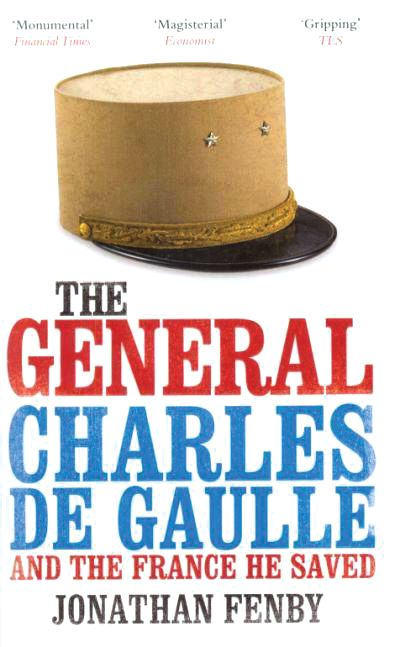 The General: Charles De Gaulle and the France He Saved by Jonathan Fenby, Skyhorse Publishing, New York, 2012, 707 pp., photographs, notes, index, $32.95, hardcover.
The General: Charles De Gaulle and the France He Saved by Jonathan Fenby, Skyhorse Publishing, New York, 2012, 707 pp., photographs, notes, index, $32.95, hardcover.
Best-selling author Jonathan Fenby has written a masterful account of the life of Charles de Gaulle who was one of France’s greatest generals. During World War I, de Gaulle was cited for bravery after being wounded, gassed, and captured by the Germans until December 1918. He could speak fluent German, and he would entertain his fellow prisoners by reading them German newspapers. Instrumental in defeating the Nazis in World War II, de Gaulle went on to create the French Fifth Republic in 1958 and served as the country’s president for a decade until his retirement in 1969.
De Gaulle was a colonel when Germany invaded France, and he fought heroically, halting a German advance with little or no tank support prior to Dunkirk. When the Vichy government was formed, the furious de Gaulle made his way to Great Britain and established a provisional government. As a general, he worked tirelessly to free his country.
The towering figure of De Gaulle (he stood 6-3) made him appear almost god-like as if, the author writes, he “appeared as a monument carved out of some ancient rock.” Underneath this, however, de Gaulle was an extremely complex individual who had to endure mood swings throughout most of his life. Despite this, he staunchly believed that through his leadership he could catapult France onto the world stage as a superpower alongside the United States and Great Britain.
“His complex individuality meant that he stood alone, but also represented a common sense of destiny shared, in testing times, by his fellow countrymen and women,” Fenby writes. “This made him unique in his time. The world would not see his like again.”
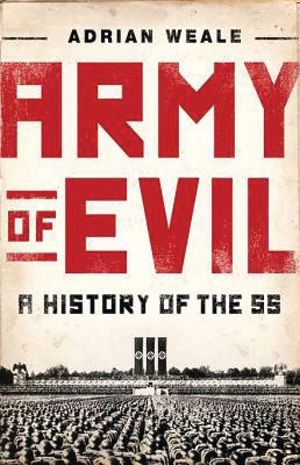 Army of Evil: A History of the SS by Adrian Weale, North American Library Caliber Books, New York, 2012, 464 pp., notes, index, $28.95, hardcover.
Army of Evil: A History of the SS by Adrian Weale, North American Library Caliber Books, New York, 2012, 464 pp., notes, index, $28.95, hardcover.
No other organization could strike terror into the hearts of people in World War II than the Schutzstaffel, or simply the SS. A small, seemingly ineffective and disorganized group at the outset, the SS mushroomed into one of Hitler’s most efficient arms of government. Its myriad duties included overseeing the local and political police, militarized Waffen-SS units that consisted of nearly a million men in uniform and, the most notorious of all, the units that guarded the concentration camps and were responsible for the deaths of millions of Jews and other enemies of the state.
British historian Adrian Weale has penned an authoritative but easy to read account of this infamous group of fanatics and thugs who enabled Hitler to seize power and, more importantly, keep a stranglehold on Germany for nearly 12 years.
The one man, Weale writes, who had the most effect on the SS was Heinrich Himmler, “an outstanding organizer” who took charge in January 1929 and personally shaped its rise to become the most feared organization in Germany. Weale does a good job of weaving into his story the principal players who, through lies, deceit, and murder, propelled the SS into the forefront of Hitler’s totalitarian government. This is a fascinating must-read for those who want to learn more about this “elite order” which became, as the author says, “an instrument of genocide.”
Short Bursts
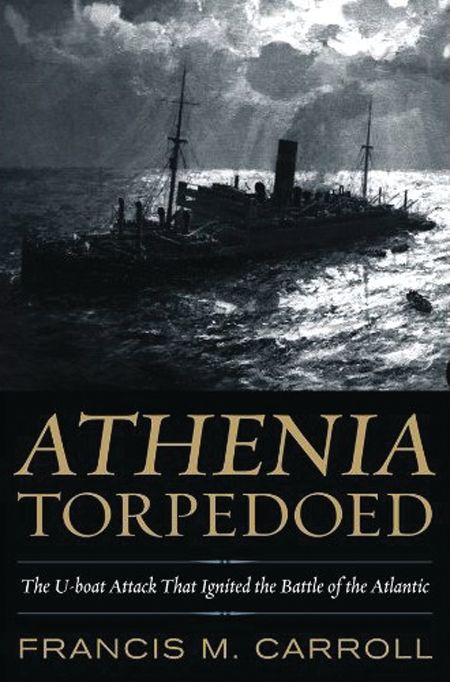 Athenia Torpedoed: The U-boat Attack That Ignited the Battle of the Atlantic by Francis M. Carroll, Naval Institute Press, Annapolis, MD, 2012, 256 pp., photographs, notes, index, $29.95, hardcover.
Athenia Torpedoed: The U-boat Attack That Ignited the Battle of the Atlantic by Francis M. Carroll, Naval Institute Press, Annapolis, MD, 2012, 256 pp., photographs, notes, index, $29.95, hardcover.
Late on the afternoon of September 3, 1939, a lone German U-boat, U-30, was patrolling the waters about 250 miles northwest of Ireland when she spotted a lone ship. The U-boat captain, Oberleutnant Fritz-Julius Lemp, thought it might be a passenger liner, which was off limits, but his suspicions were aroused because the boat was painted black and was zigzagging, indicating it might be a merchant vessel. Lemp ordered two torpedoes fired. One struck the vessel and the other veered off target. However, only one was needed. The missile had stopped the ship dead in the water, and it began to list.
What Lemp did not know was that the boat was a passenger liner, the SS Athenia, a 1,350-ton British ship carrying more than 1,000 passengers, 311 of whom were American citizens. The ship eventually sank, causing 112 deaths. The incident created a furor in the U.S., Canada, and Great Britain. The battle for the North Atlantic had begun. The sinking of the Athenia had sparked the beginning of the Battle of the Atlantic, a campaign that would last nearly six years. The author sheds light on a tragedy that has gone largely unnoticed for decades.
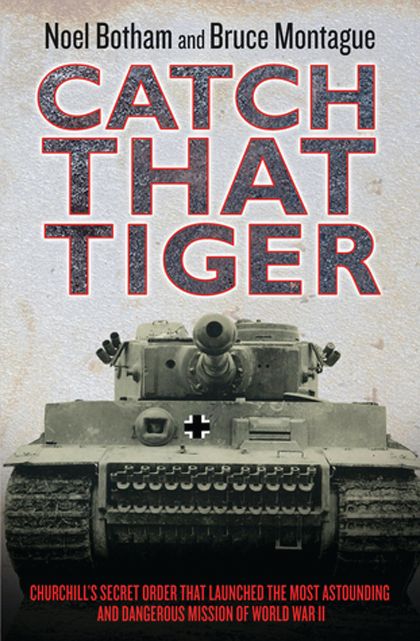 Catch That Tiger: Churchill’s Secret Order That Launched the Most Astounding and Dangerous Mission of World War II by Noel Botham and Bruce Montague, John Blake Publishing, London, 2012, 278 pp., photographs, $24.95, hardcover.
Catch That Tiger: Churchill’s Secret Order That Launched the Most Astounding and Dangerous Mission of World War II by Noel Botham and Bruce Montague, John Blake Publishing, London, 2012, 278 pp., photographs, $24.95, hardcover.
When it first appeared on the scene during the bitter fighting on the Eastern Front, the 60-ton German Tiger tank was an awesome weapon. With its accurate 88mm gun, the vehicle could destroy enemy tanks from up to a mile away. When Prime Minister Winston Churchill first saw a crumpled photograph of it, he dismissed it until the Tiger began wreaking havoc on the British Army and its allies in North Africa.
Determined to discover more about the tank’s capabilities, Churchill ordered Major Doug Lidderdale of the Engineer Corps to travel to Tunisia in 1943 and told him to “catch me a tiger.” The resourceful Lidderdale did just that. With a hand-picked team of NCOs, Lidderdale and his men managed to snare a Tiger tank that had its turret damaged by a British shell. Killing most of the crew, they commandeered the massive vehicle.
Churchill, accompanied by King George VI, flew to North Africa to personally inspect Hitler’s new killing machine. The tank, number 131, was taken to London. It is now on display at Bovington Tank Museum in Dorset, England, and it remains the only working model in the world.
The authors have written a great tribute to Lidderdale and his men and describe how they captured the tank in an intense firefight. For many years their exploits have been kept under wraps. Lidderdale’s son has kept his father’s dairies and papers to substantiate this truly remarkable story.
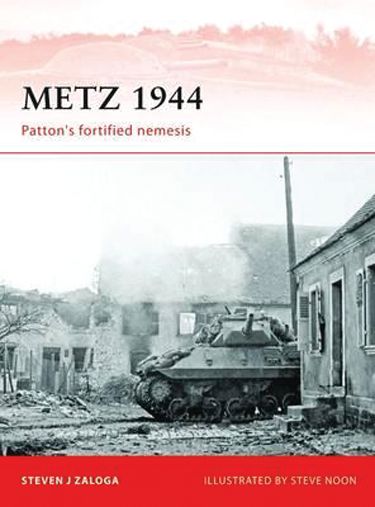 Metz 1944: Patton’s Fortified Nemesis by Steven J. Zaloga, Osprey Publishing, Long Island City, NY, 2012, 96 pp., maps, photographs, index, $19.95, softcover.
Metz 1944: Patton’s Fortified Nemesis by Steven J. Zaloga, Osprey Publishing, Long Island City, NY, 2012, 96 pp., maps, photographs, index, $19.95, softcover.
Accompanied by detailed maps and photographs, this book follows the efforts of General George S. Patton’s Third Army to wrestle the strategically important city of Metz from the Germans following the Normandy breakout in the summer of 1944. What transpired was a bloody three-month struggle that ended in a victory for the Allies in December 1944. U.S. troops had to breach a heavily fortified region that had seen numerous wars since ancient times. Intense fighting erupted at Fort Driant, five miles southwest of Metz, which resulted in a setback for Patton’s soldiers. On December 13, 1944, the German garrison at Fort Jeanne d’Arc, the last French fort, surrendered to the Allies.
This is another little gem of a book from Osprey, which excels at publishing excellent accounts of World War II battles and personalities.
 Messerschmitt Me-262 and Its Variants by Manfred Griehl, Schiffer Publishing, Atglen, PA, 2012, 51 pp., illustrations, photographs, $14.99, softcover.
Messerschmitt Me-262 and Its Variants by Manfred Griehl, Schiffer Publishing, Atglen, PA, 2012, 51 pp., illustrations, photographs, $14.99, softcover.
There is no doubt that the Luftwaffe was far ahead of the Allies when it came to the design and production of the first jet aircraft in aviation history. This book traces the lineage of that first jet aircraft, the Messerschmitt Me-262, from the drawing board, to testing, to actual combat missions. Messerschmitt Me-262 A-1a, flown by Lieutenant Alfred “Bubi” Schreiber, scored the first aerial victory for a jet plane in history. The author has photos of Schreiber after he landed being congratulated by a member of the ground crew. The book is chock full of photographs and color drawings of various Me-262s and illustrations showing the cockpit with its instrumentation, armament, and engine.
The author also writes about the efforts of aviation enthusiasts all over the world who have restored and flown these historic planes.

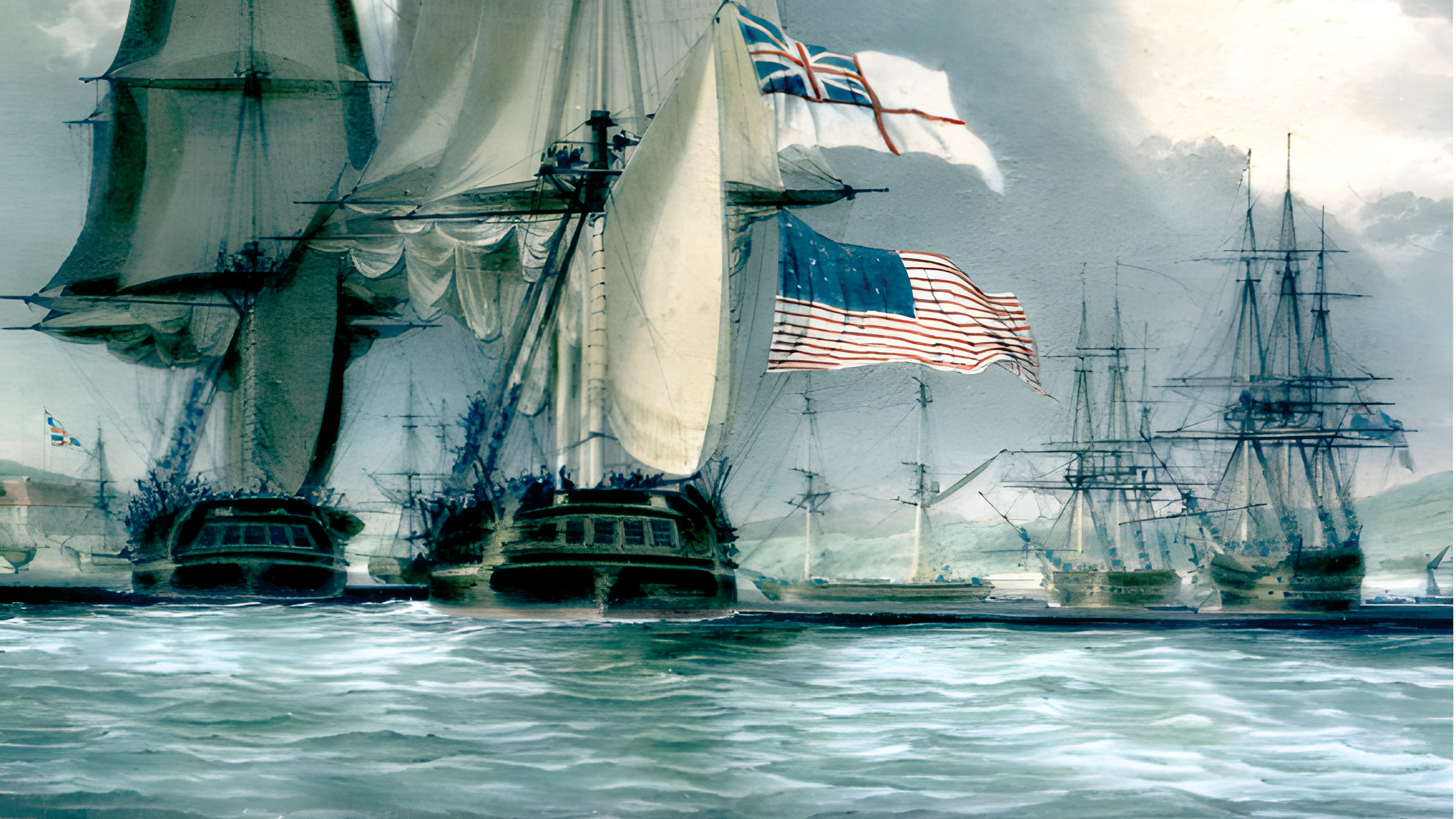
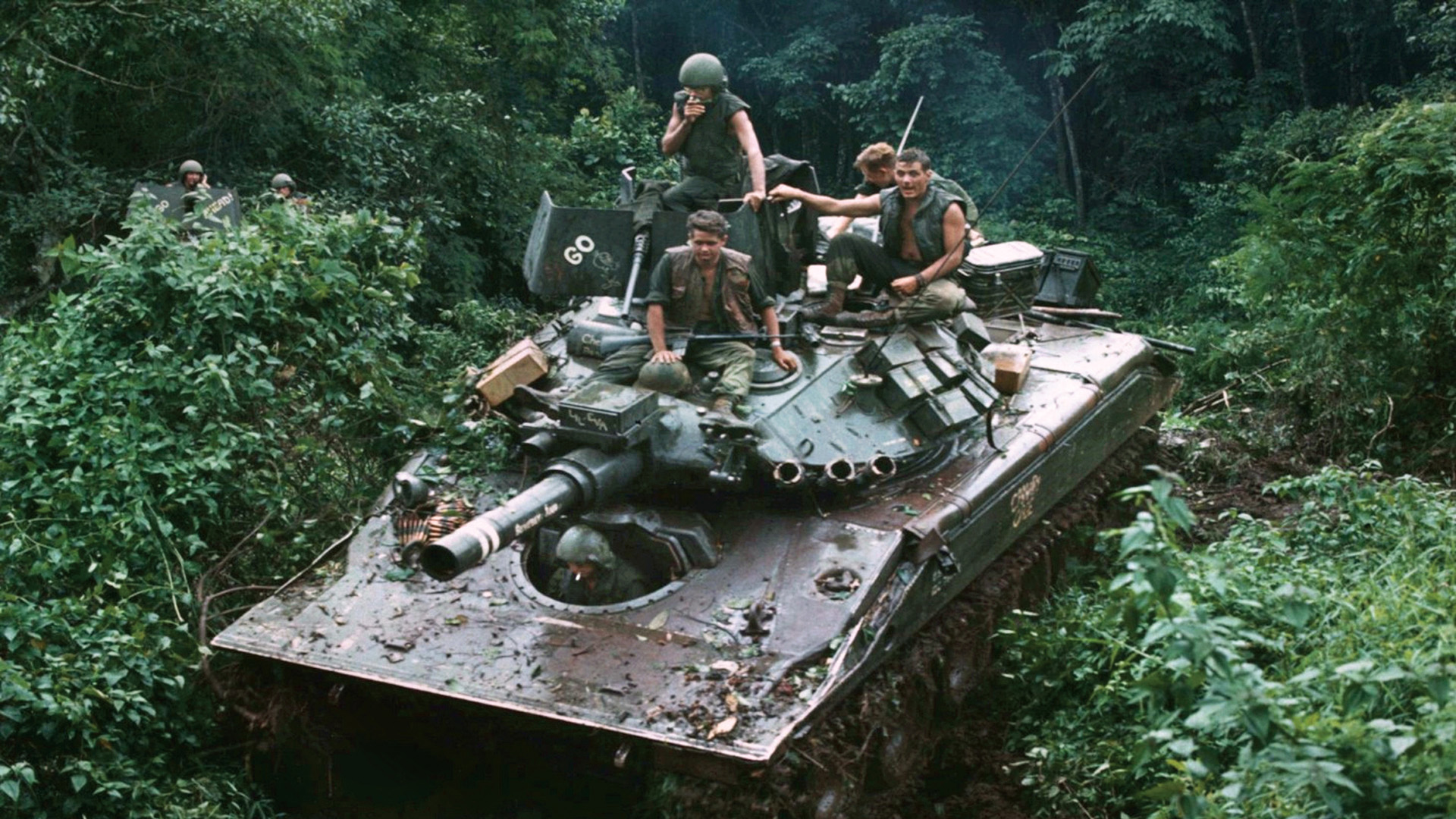
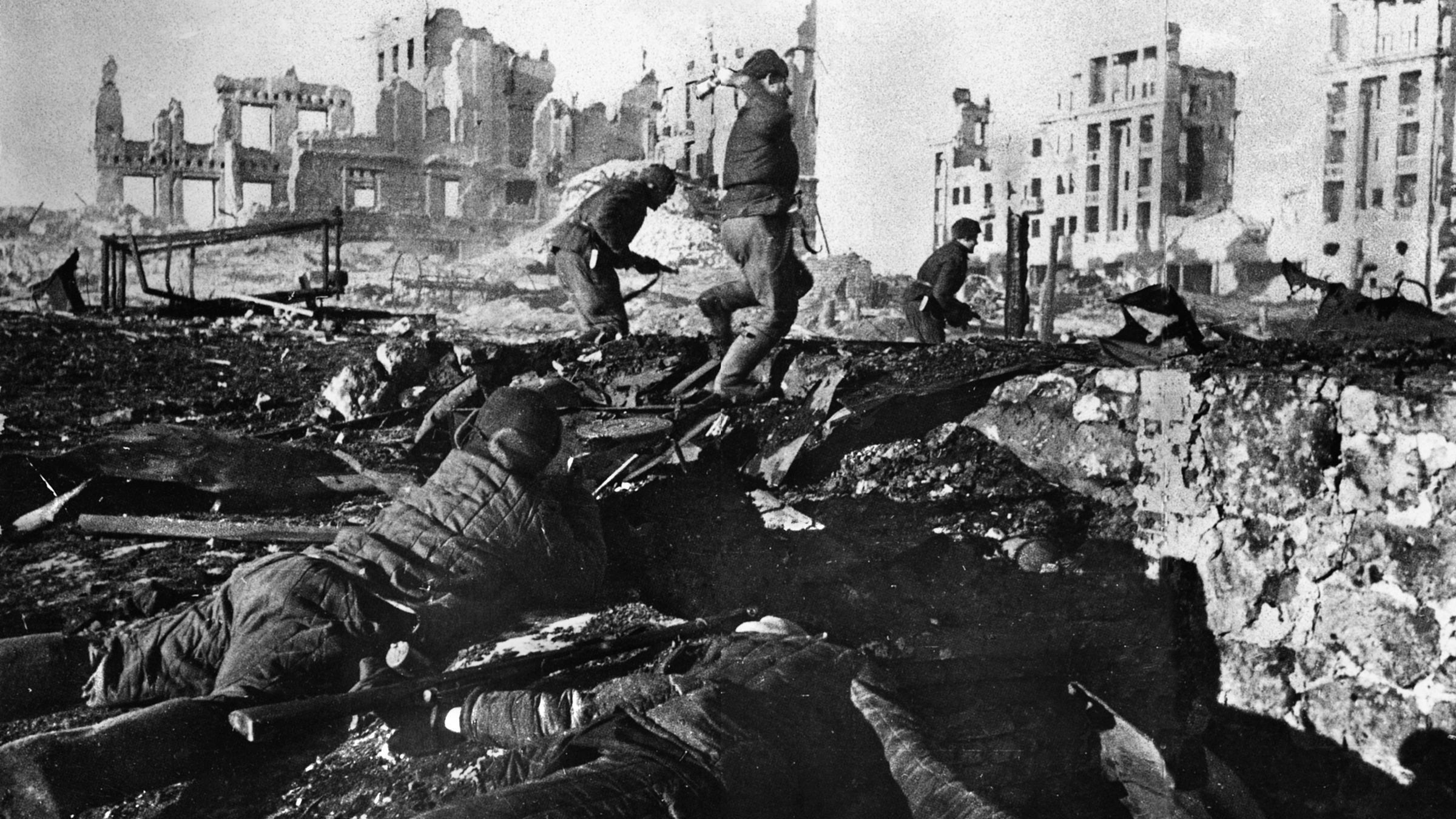
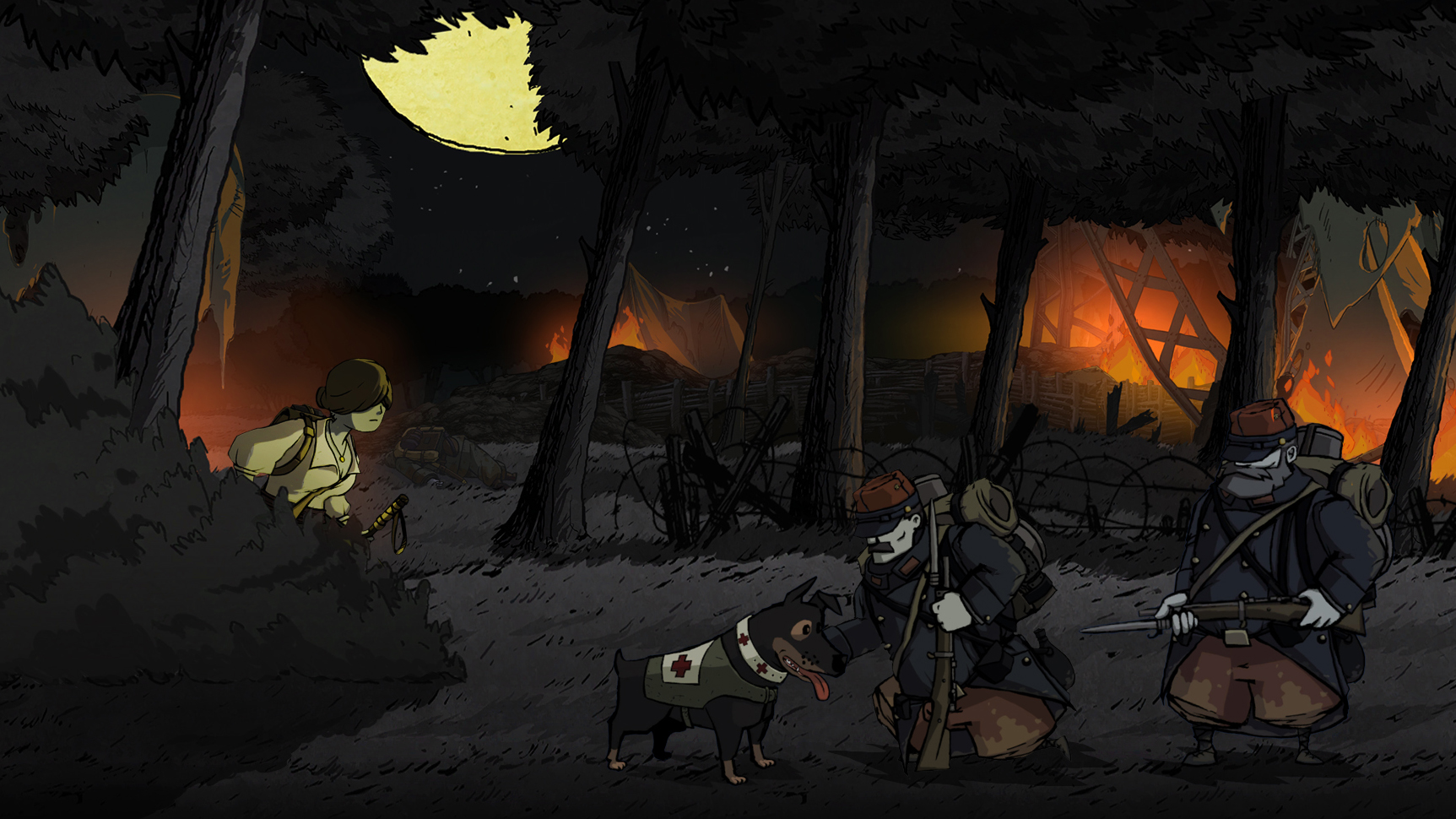
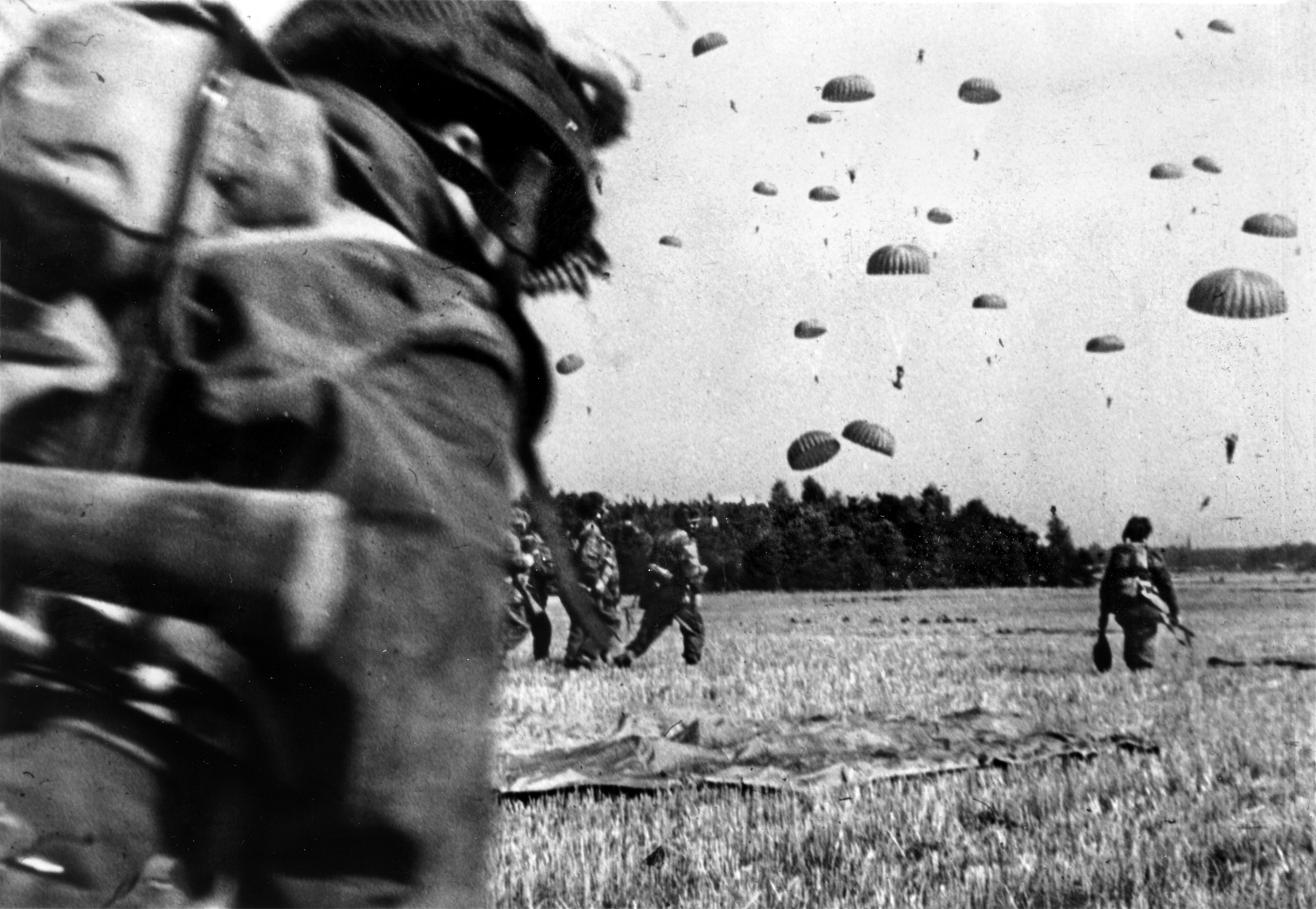
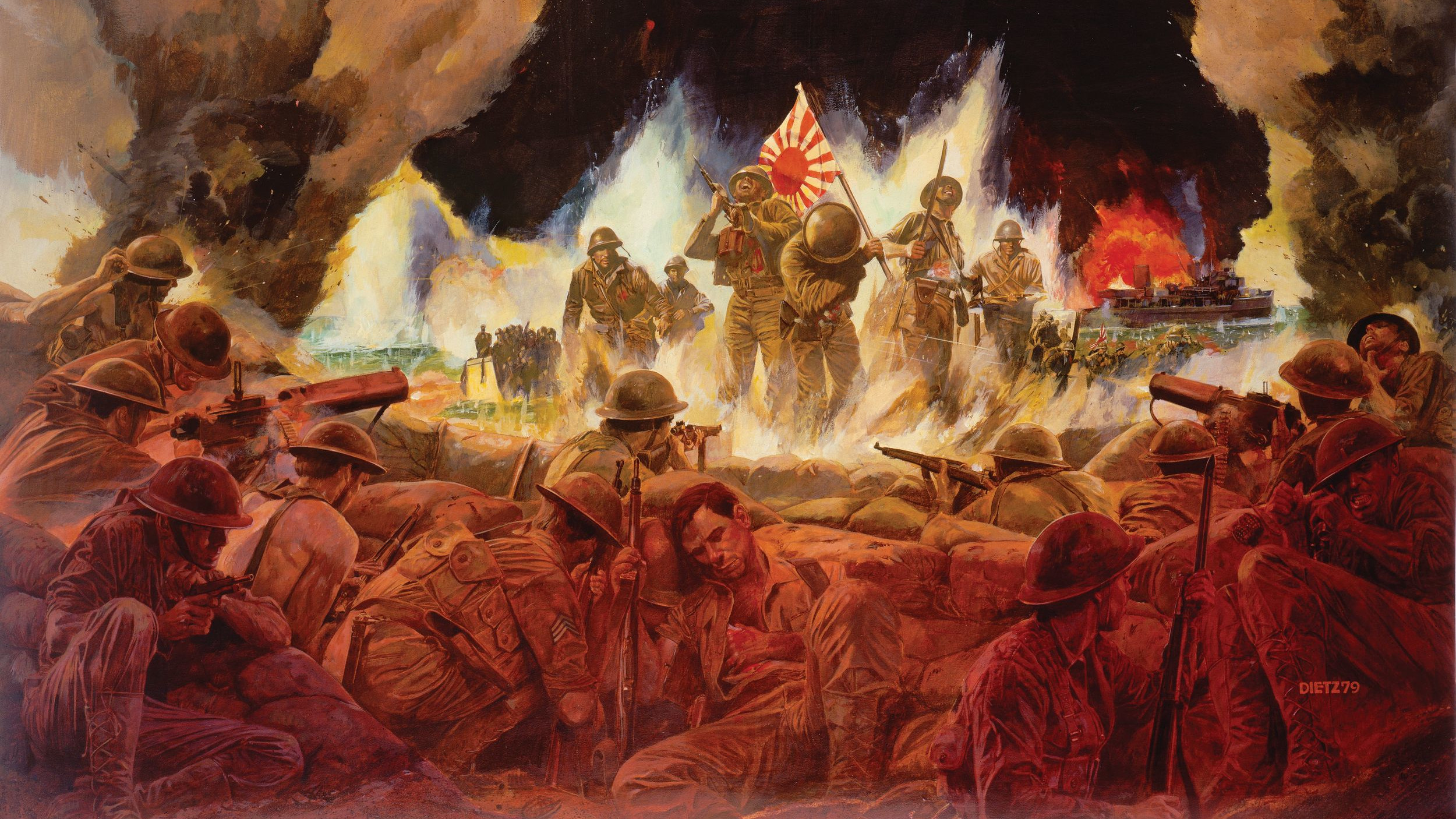
The “Hitler’s Pope” black propaganda was actually started by the communists in 1946 when they were in the process of trying to take over the post war governments of Italy and France. Having failed in Spain in 1937-39, thanks in large part to the resistance of the Catholic Church and its support of Franco, the communists in Europe tried another tact. They attacked the Catholic Church through its most visible clergy; the Pope and the anti-communist Cardinals in the curia. Aided by the European secularists, they spread the calumnies about the Pope and Catholics until some pro-democracy Jews, including the Chief Rabbi of Rome, publicly praised Pius XII for his efforts to save many European Jews during the war.